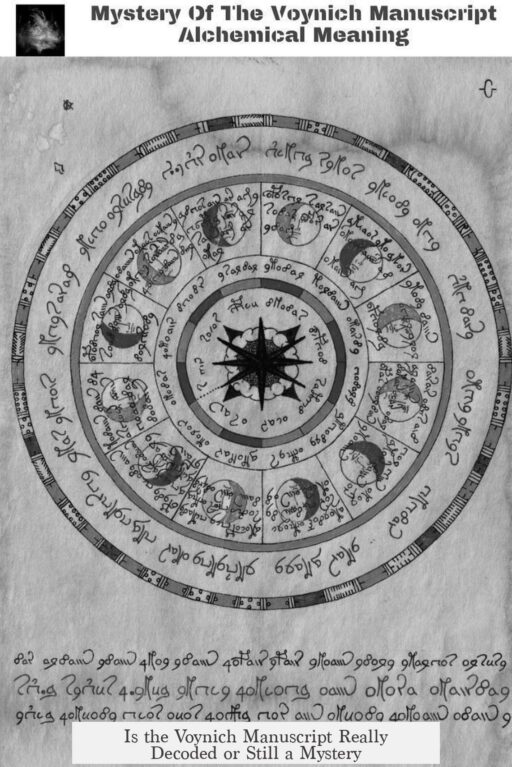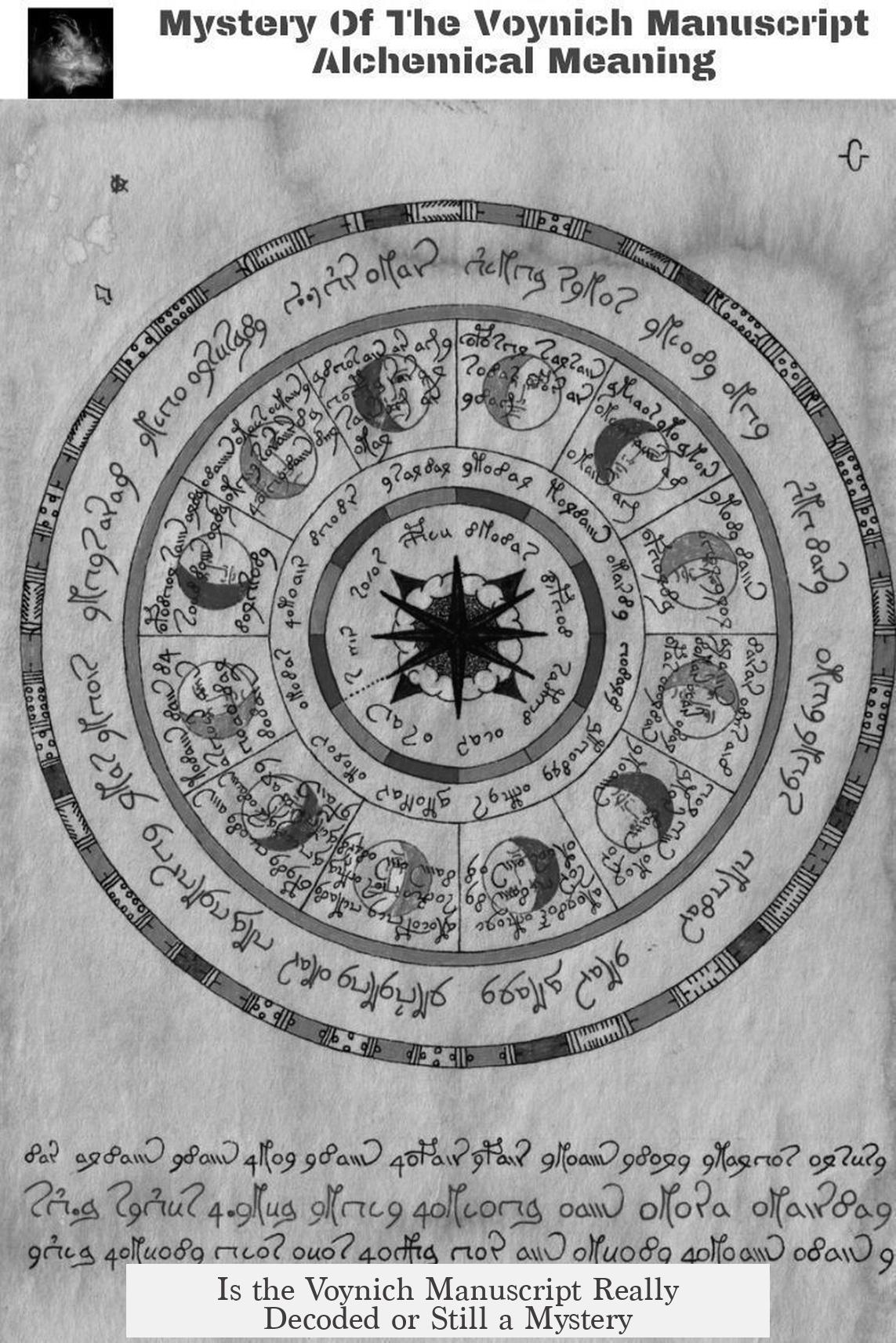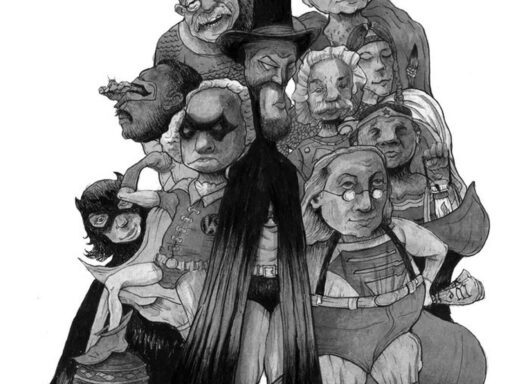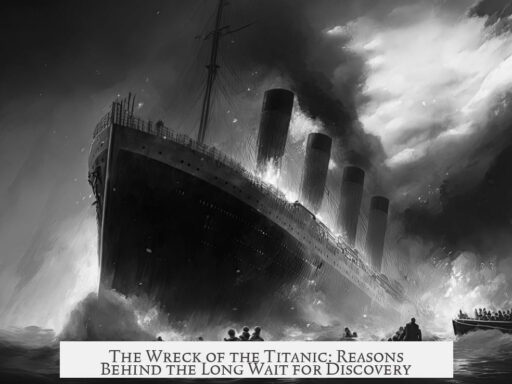The Voynich Manuscript remains undecoded, with no scholarly consensus confirming a definitive translation or interpretation. Despite numerous claims over time, comprehensive analysis suggests the text does not correspond to any known natural language. Computational linguistics and cryptographic approaches have yet to produce conclusive results, leaving the manuscript’s true nature an open question.
Scholars generally view the Voynich Manuscript as a complex mystery that exceeds its material importance. Interest among mainstream scholars has waned because no decoding approach has gained reliable traction. Instead, the manuscript often attracts fringe theories and speculative claims that scholars dismiss as pseudoscience. For example, plaintext interpretations are frequently rejected for lacking substantiation and rigorous methodology.
Modern computational linguistic studies have strengthened these doubts about a natural language origin. The statistical properties of the Voynich text diverge from known languages, suggesting it might not be a plaintext. The “Voynich alphabet,” used to describe its writing system, is itself controversial; the manuscript’s word structure does not align with alphabetic scripts, casting doubt on alphabetic or direct linguistic interpretation.
Cryptographic attempts have failed to decode the manuscript, despite testing techniques based on historical ciphers and modern cryptanalysis. This failure supports hypotheses that the text might represent pseudowriting or a complex form of encoding not yet understood.
Several notable claims of decoding have been made but quickly retracted or questioned. For instance, the University of Bristol distanced itself from Gerard Cheshire’s 2019 announcement of a solution. Such institutional skepticism reflects the rigorous standards applied and the manuscript’s inherent complexity.
For readers interested in exploring further, resources like René Zandbergen’s introduction provide objective overviews without imposing interpretations. Scholarly papers by Sravana Reddy and Kevin Knight offer foundational analysis of the manuscript’s linguistic features. Engaging with this work requires some background in cryptography or computational linguistics.
- The Voynich Manuscript’s meaning remains unconfirmed and undecoded.
- Computational analyses dispute it represents a natural language.
- Plaintext and proto-language claims lack solid evidence and face criticism.
- Its writing system defies standard alphabetic classification.
- Cryptographic efforts have not yielded a decryption.
- Decoding claims have often been retracted or challenged.
- Reliable study calls for specialized linguistic and cryptographic knowledge.
I Thought the Voynich Manuscript Was Already Decoded? Or Is It?
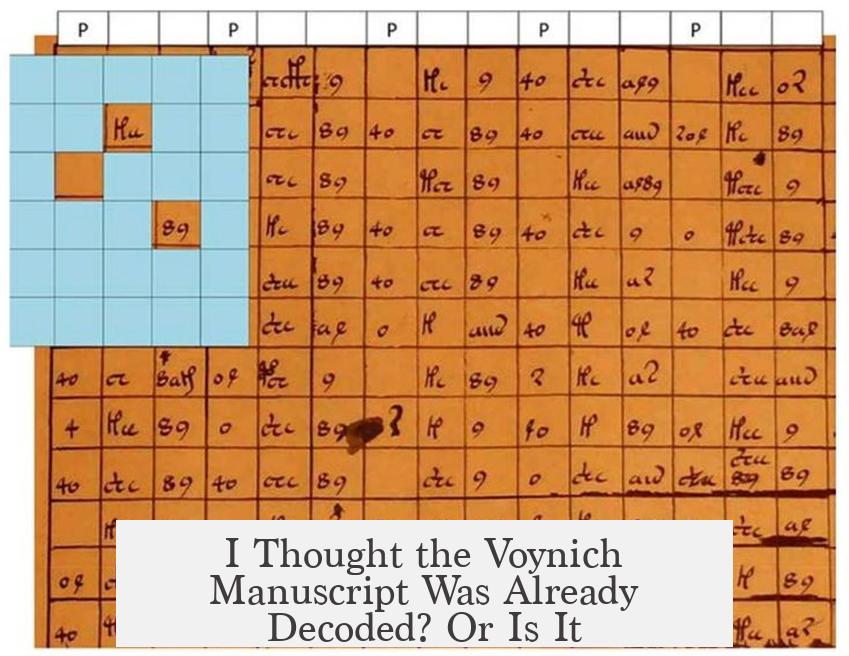
The short answer: No, the Voynich Manuscript remains an unsolved enigma despite numerous claims of decoding over the years. It’s one of those puzzles that keeps tempting cryptographers, historians, and curious minds alike, yet resists any definitive, universally accepted decoding. Why? Because the manuscript dances on the edge of language, code, and imagination.
If you thought the manuscript’s riddles were cracked, think again. Let’s explore why this mysterious book has outsmarted so many and what modern research really says about it.
The Mystique vs. The Reality: Scholarly Consensus
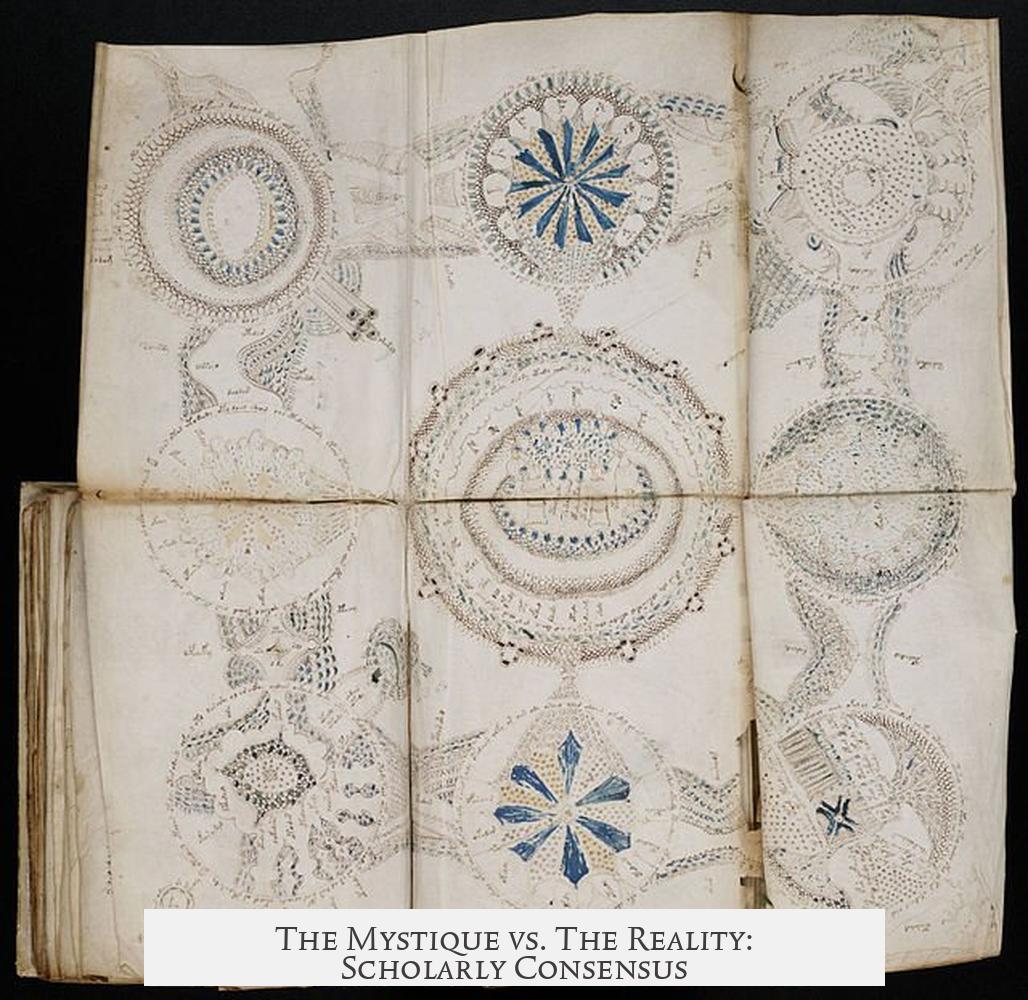
The Voynich Manuscript enjoys worldwide fame as a baffling puzzle. But interestingly, the academic community treats it more like a curiosity than a hot research topic. It’s like the celebrity of old manuscripts—lots of public fascination, but a lack of solid scholarly agreement. One expert suggests the mystery “is much larger than the substance of the thing,” meaning the hype outweighs actual, concrete findings.
So, while the manuscript captures public imagination, most serious researchers don’t consider it solvable with current tools or methods. It’s a bit like chasing a rainbow without a pot of gold in sight.
Computational Linguistics: A Glimpse at the Text’s Nature
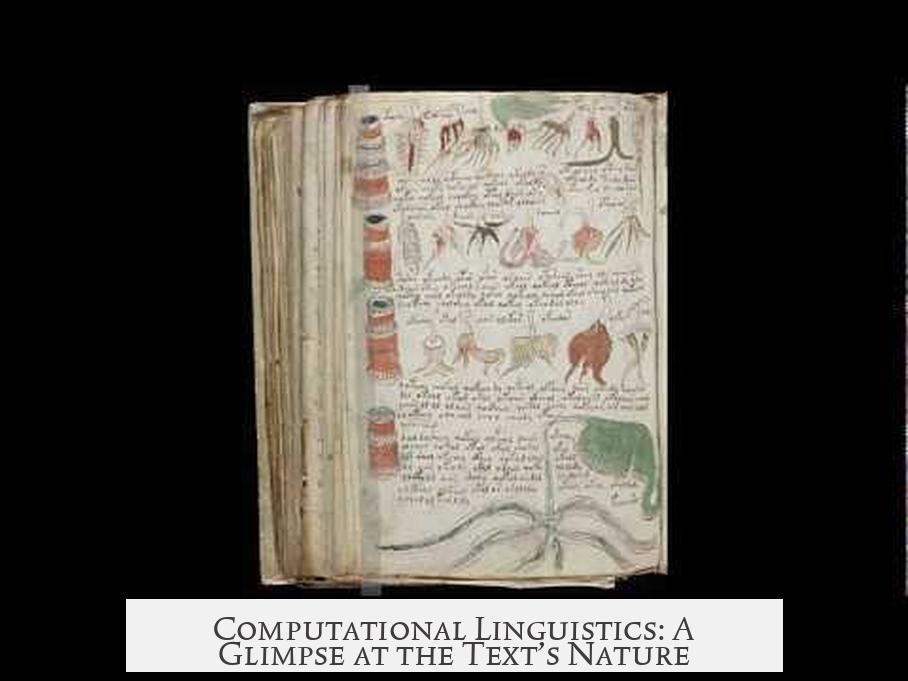
In the past 20 years, computers joined the hunt. Using advanced software and linguistic algorithms, specialists examined the text for patterns and language properties. The verdict? The manuscript’s writing doesn’t behave like any natural language we know.
That implies the text might not be a straightforward message encoded in a known language but something else entirely—maybe a unique cipher, gibberish, or an artificial construct.
This computational evidence shrinks hope for a quick plaintext “aha moment.” Despite artificial intelligence power, the data suggests this isn’t a typical natural-language puzzle.
What About Those Bold Claims? Pseudoscience Alert!
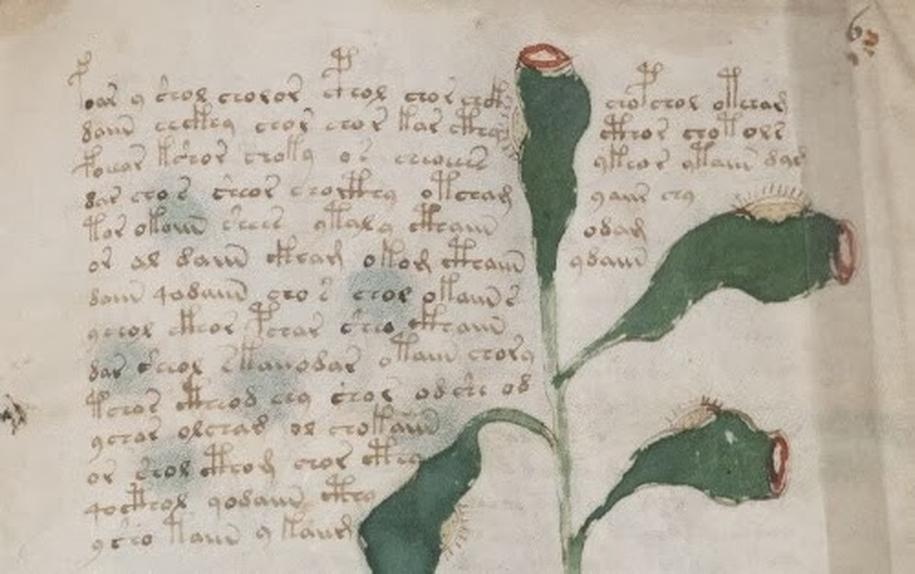
Every few years, someone vows to have “cracked” the Voynich code. Remember Gerard Cheshire’s claim in 2019? His university quickly pulled support after scrutiny. This is far from an isolated incident—many such statements have been debunked or ignored. They often fall into the realm of pseudoscience or overly optimistic guesses.
The academic circle now generally ignores these plaintext proposals outright, labeling them lazy or unsubstantiated. If everyone who claimed success was right, we’d have a Voynich dictionary by now. Spoiler: we don’t.
Is It Even Written in an Alphabet?
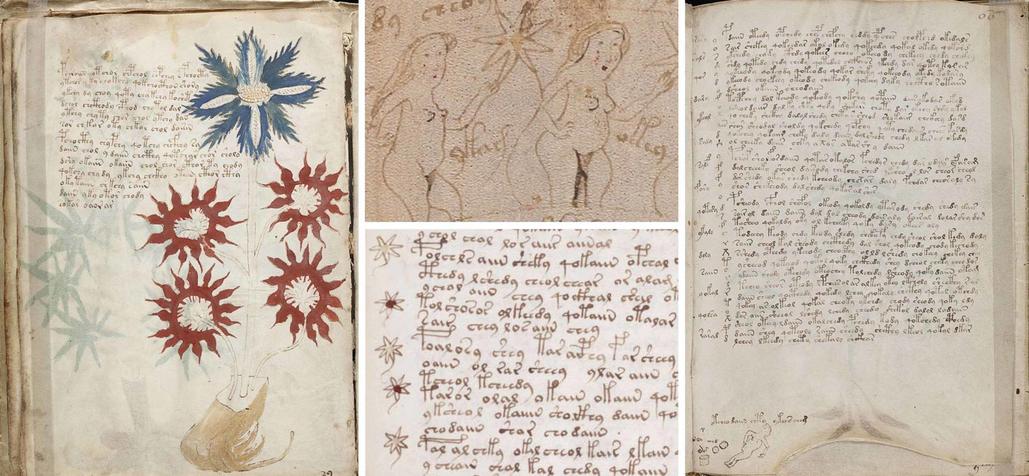
Here’s something many overlook: The “Voynich alphabet” itself is a misleading term. The manuscript’s script doesn’t align with known alphabetic systems. That means thinking of the text as simply a coded language with letters is dubious.
The strange “words” or vords in Voynichese defy typical patterns seen in natural alphabets. This complicates any attempt to decode it by assuming it’s a normal script hiding a secret message. It might instead be a different kind of writing system—or something invented entirely.
The Cryptography Angle: Tried and Tested, No Dice
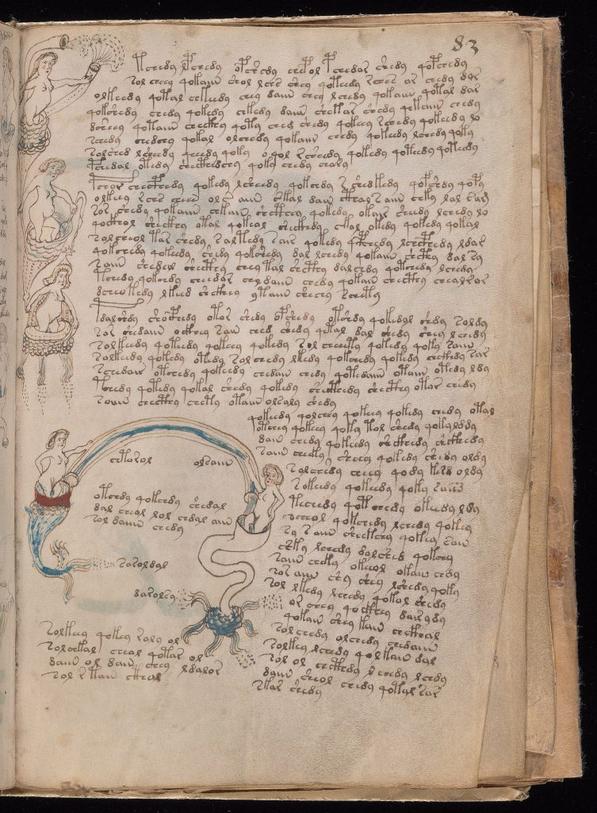
Could it be a cipher? Possibly. It’s a tempting explanation. Decades of cryptographic attacks—using both historical cyphers from the 15th century (when the manuscript is thought to have been created) and modern techniques—haven’t yielded results.
This means either the cipher system was incredibly sophisticated or the text isn’t a cipher in any conventional sense. Cryptographers face a strained challenge here, balancing hopeful theory against cold failure.
Community Insights: The Language Hypothesis Debates
Some have speculated the manuscript might be written in a “proto-Romance” language or an early form of known European tongues. But these theories meet stern criticism from linguistic enthusiasts and historians on platforms like Reddit. Observers highlight contradictions and lack of evidence. The “proto-Romance” idea, for example, is widely dismissed as wishful thinking.
The community’s cautious skepticism reflects a broader consensus that no currently known natural language matches the Voynich.
Want to Dive Deeper? Where to Start
If you’re serious about exploring this mystery, jumping straight into decoding attempts won’t help much without specialized knowledge. You need some background in cryptography and computational linguistics. Fortunately, resources exist that avoid pushing personal theories and focus on facts. For beginners, René Zandbergen’s website (voynich.nu) provides comprehensive, sober documentation on the manuscript and its physical traits.
Additionally, academic papers like the one by Sravana Reddy and Kevin Knight (2011) offer insights into the linguistic complexities and computational studies on the manuscript. These help separate hype from scientific inquiry.
Summary: Why Is it Still Unsolved?
- The manuscript defies classification as a standard alphabet or natural language text.
- Computational analysis shows its properties don’t match any known language system.
- Cryptographic methods—both ancient and modern—fail to unlock it.
- Frequent claims of decryption lack credible proof and often face institutional caution or retraction.
- Serious study requires cryptographic and linguistic expertise, not just guesswork.
The Voynich Manuscript rewards patience, skepticism, and expertise, leaving no room for guesswork masquerading as answers. Its mystery endures, inviting those with the right tools—and a thick skin for failure—to explore still deeper.
So, If You Thought It Was Decoded…
It’s not. Yet. This enigmatic text remains one of history’s greatest puzzles. But who knows? Maybe one day, the right key will turn the lock, and this strange book’s secrets will finally speak. Until then, it’s a splendid reminder: Some mysteries resist answers and that’s what keeps them fascinating.
Is the Voynich Manuscript actually decoded or still a mystery?
The Voynich Manuscript remains undecoded. There is no scholarly consensus on a definite decoding. Most analyses suggest its text does not match any natural language.
Why do some claims of decoding the Voynich Manuscript fail to gain acceptance?
Many claimed decodings are dismissed as pseudoscience. They often lack solid evidence and do not withstand academic scrutiny. Institutions have retracted support for some such claims.
Has computational linguistics helped to decode the Voynich Manuscript?
Computational analysis has improved but found that the manuscript’s text is inconsistent with known languages. This suggests it is not plaintext and may involve unknown or artificial scripts.
Is the Voynich Manuscript written in an alphabet or code?
The so-called “Voynich alphabet” may not be a true alphabetic system. Its word structures differ from known scripts, challenging the idea that it is a regular alphabetic cipher.
Could the Voynich Manuscript be a cryptographic cipher from its era?
Attempts to decode it using historical and modern cryptographic methods have failed. The cryptographic hypothesis remains possible but currently unsupported by evidence.
